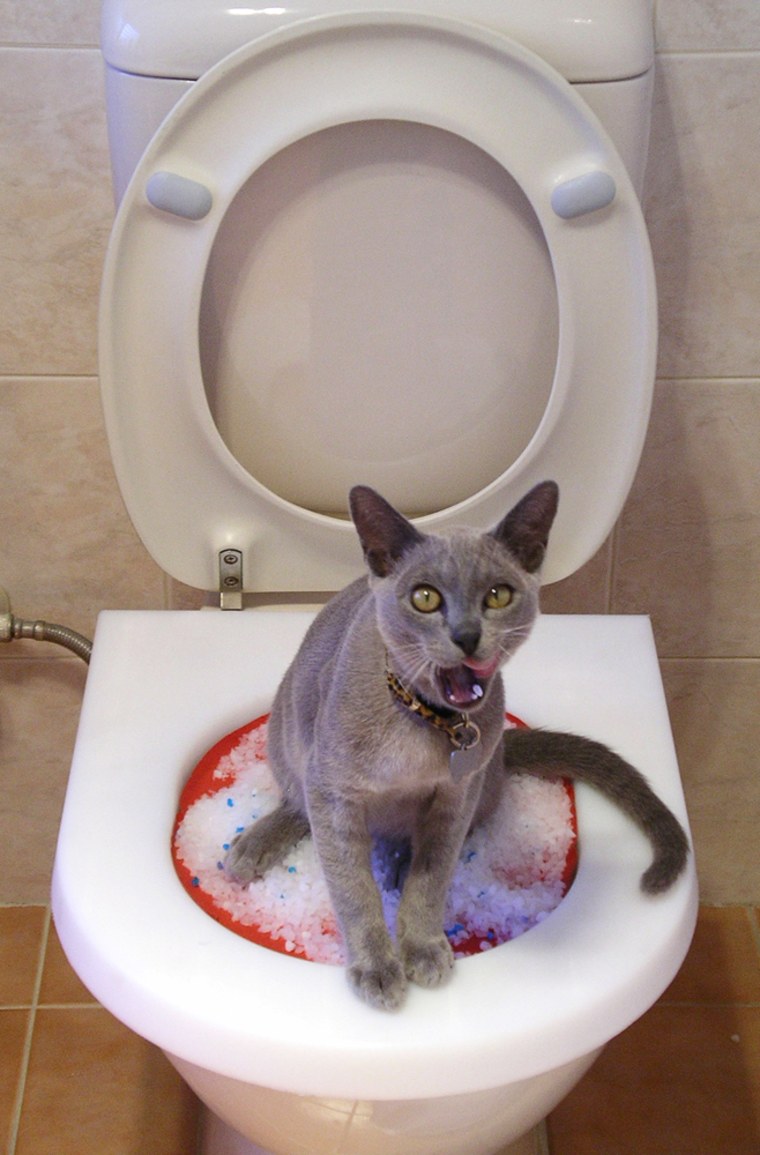Avoid Clogs and Damage: Don't Flush Cat Poop Down Your Toilet - Expert Insights
Avoid Clogs and Damage: Don't Flush Cat Poop Down Your Toilet - Expert Insights
Blog Article
We have come across this article relating to Don’t flush cat feces down the toilet listed below on the internet and figured it made sense to talk about it with you here.

Intro
As pet cat owners, it's necessary to bear in mind just how we get rid of our feline good friends' waste. While it might appear hassle-free to flush pet cat poop down the toilet, this technique can have damaging consequences for both the environment and human wellness.
Ecological Impact
Flushing cat poop introduces unsafe virus and parasites right into the water, presenting a substantial risk to water communities. These impurities can negatively influence marine life and concession water quality.
Wellness Risks
In addition to ecological problems, flushing cat waste can additionally posture health risks to people. Feline feces might consist of Toxoplasma gondii, a bloodsucker that can create toxoplasmosis-- a possibly extreme ailment, specifically for expectant ladies and people with weakened immune systems.
Alternatives to Flushing
Fortunately, there are safer and more liable methods to throw away feline poop. Consider the adhering to alternatives:
1. Scoop and Dispose in Trash
The most usual method of getting rid of feline poop is to scoop it right into an eco-friendly bag and toss it in the garbage. Be sure to use a specialized clutter inside story and throw away the waste without delay.
2. Usage Biodegradable Litter
Select eco-friendly feline litter made from materials such as corn or wheat. These clutters are eco-friendly and can be securely thrown away in the trash.
3. Bury in the Yard
If you have a backyard, think about burying pet cat waste in an assigned area far from veggie gardens and water sources. Make sure to dig deep sufficient to avoid contamination of groundwater.
4. Set Up a Pet Waste Disposal System
Buy a pet dog garbage disposal system specifically developed for feline waste. These systems make use of enzymes to break down the waste, decreasing odor and environmental impact.
Conclusion
Responsible pet dog possession extends beyond providing food and shelter-- it additionally includes correct waste management. By avoiding purging cat poop down the commode and opting for alternate disposal approaches, we can minimize our environmental impact and shield human health.
Why Can’t I Flush Cat Poop?
It Spreads a Parasite
Cats are frequently infected with a parasite called toxoplasma gondii. The parasite causes an infection called toxoplasmosis. It is usually harmless to cats. The parasite only uses cat poop as a host for its eggs. Otherwise, the cat’s immune system usually keeps the infection at low enough levels to maintain its own health. But it does not stop the develop of eggs. These eggs are tiny and surprisingly tough. They may survive for a year before they begin to grow. But that’s the problem.
Our wastewater system is not designed to deal with toxoplasmosis eggs. Instead, most eggs will flush from your toilet into sewers and wastewater management plants. After the sewage is treated for many other harmful things in it, it is typically released into local rivers, lakes, or oceans. Here, the toxoplasmosis eggs can find new hosts, including starfish, crabs, otters, and many other wildlife. For many, this is a significant risk to their health. Toxoplasmosis can also end up infecting water sources that are important for agriculture, which means our deer, pigs, and sheep can get infected too.
Is There Risk to Humans?
There can be a risk to human life from flushing cat poop down the toilet. If you do so, the parasites from your cat’s poop can end up in shellfish, game animals, or livestock. If this meat is then served raw or undercooked, the people who eat it can get sick.
In fact, according to the CDC, 40 million people in the United States are infected with toxoplasma gondii. They get it from exposure to infected seafood, or from some kind of cat poop contamination, like drinking from a stream that is contaminated or touching anything that has come into contact with cat poop. That includes just cleaning a cat litter box.
Most people who get infected with these parasites will not develop any symptoms. However, for pregnant women or for those with compromised immune systems, the parasite can cause severe health problems.
How to Handle Cat Poop
The best way to handle cat poop is actually to clean the box more often. The eggs that the parasite sheds will not become active until one to five days after the cat poops. That means that if you clean daily, you’re much less likely to come into direct contact with infectious eggs.
That said, always dispose of cat poop in the garbage and not down the toilet. Wash your hands before and after you clean the litter box, and bring the bag of poop right outside to your garbage bins.
https://trenchlesssolutionsusa.com/why-cant-i-flush-cat-poop/

Do you like reading up on Don’t flush cat feces down the toilet? Make a remark down the page. We will be delighted to see your feelings about this blog post. We hope that you come back again later on. Sharing is caring. Helping others is fun. I take joy in reading our article about How to Dispose of Cat Poop and Litter Without Plastic Bags.
Contact Us Report this page